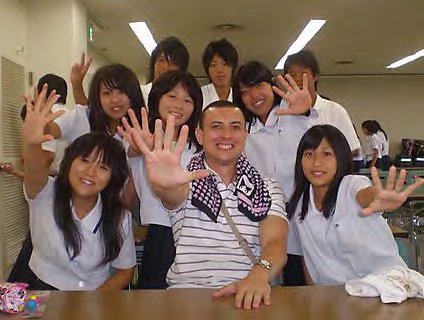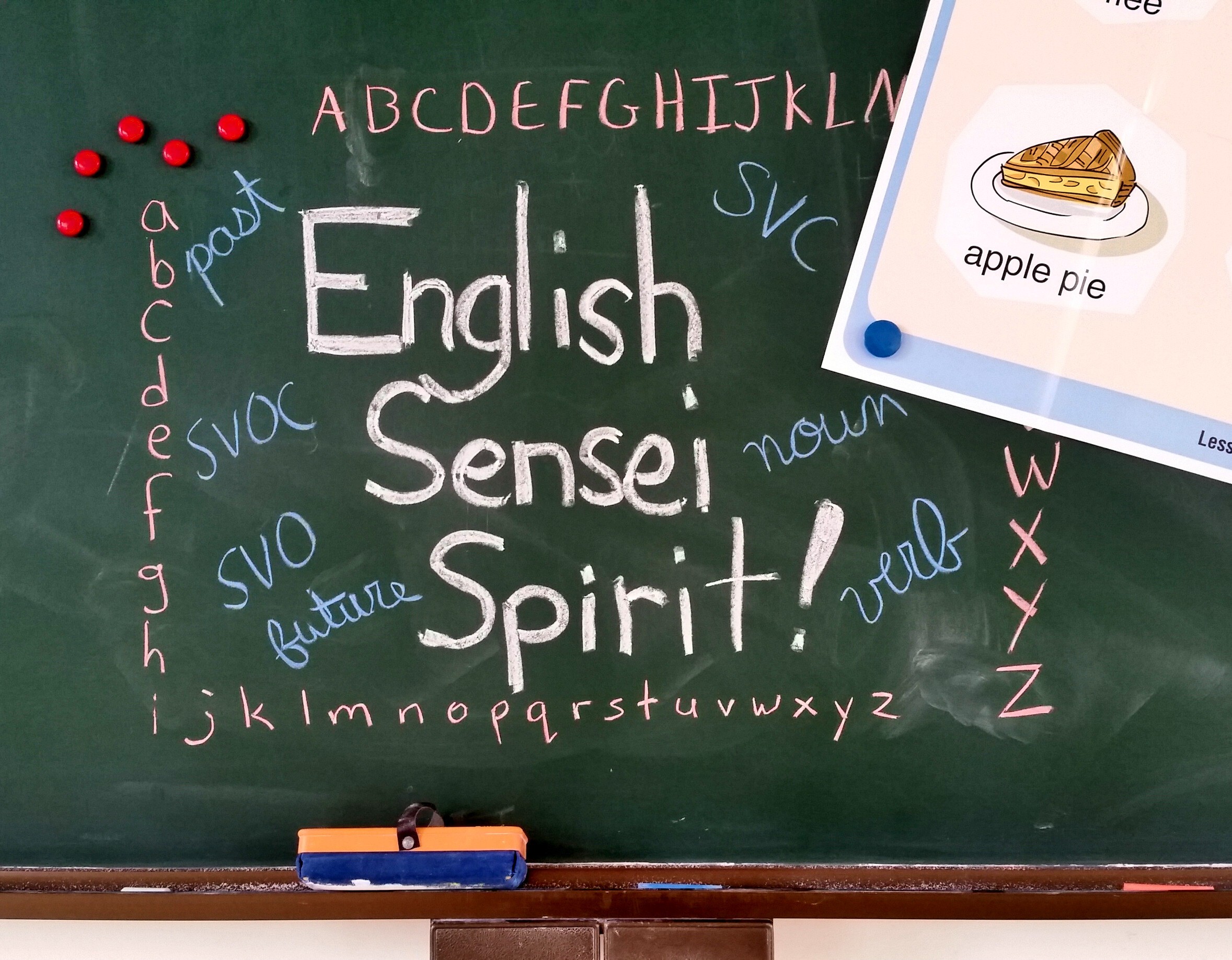English Sensei Spirit: Three Games for Practicing New Vocabulary
Here’s something I wish I knew when I was an ALT, especially when I was trying to get my students to learn 16 items of Aussie lingo in the “Slang†lesson I always kept up my sleeve. Language learners need to encounter a new word 10 to 15 times before it enters their “active vocabulary†–i.e. the words which they can actually use to make original spoken and written sentences. Students need more, therefore, than those thick tomes of English vocab which they are required to rote-memorise as one would a book of holy scripture.
I’d like to share with you three vocabulary practice activities which are regular features (one might almost call them old friends) of my teaching repertoire. I didn’t come up with them, but then there’s no need to reinvent the wheel in language teaching. I like them because they involve the integration of skills—namely speaking and listening—with  language practice. Since I’m now teaching 4-hour lessons, I tend to use them as warmers or fillers: obviously you’ll find them consuming a more sizeable proportion of class time in a 50-minute team-teaching lesson.
1. Backs to the Board
This one is an old standard, and best used after you’ve taught and drilled a list of new words, which by the time you start the activity should still be sitting and waiting patiently on the blackboard. As the name of the game suggests, students work in pairs: one partner sitting with her back to the board. The other partner, who can see the words on the board, must try to make her partner guess them without uttering the words themselves. After a few minutes, have the partners switch places.
2. Lonely Students
This is a variation of a warmer activity I encountered in the dusty archives of my language school, where one student sits in front of the class with her back to the board. In my version, the class is divided into three teams, with three contestants from each team sitting at the front of the class and facing away from the board. The teacher writes one word at a time on the board, and teams must help their contestant to be the first to guess the word. The winning contestant is replaced with a new contestant, and points or Mitsuya Cider candy can be awarded if necessary.
3. Speak/Mime/Draw
I stole this amalgam of Pictionary, Charades and Taboo from another teacher. All you need is dice, a blackboard, and enough word cards for each student. Students roll the dice to determine how they will make the other students guess the word on their card. A roll of 1 or 4 means they have to speak, 2 or 5 means they have to use gestures (without speaking), and 3 or 6 means they have to draw a picture. I would give them a minute or so to plan how they will present their word before starting the activity. For large classes (which I guess are the norm on JET), this game can be played in smaller groups, or even in pairs.
Have fun!



